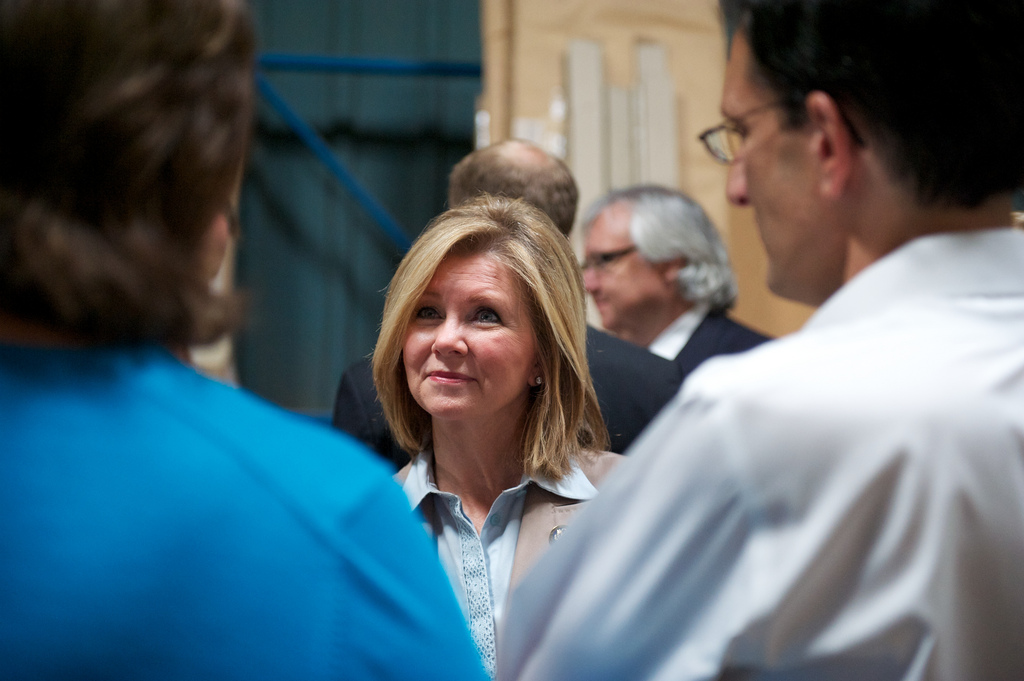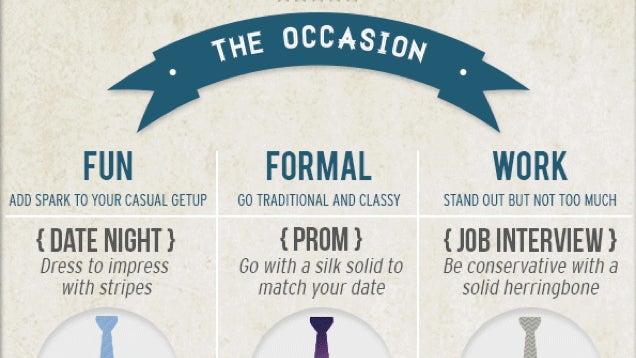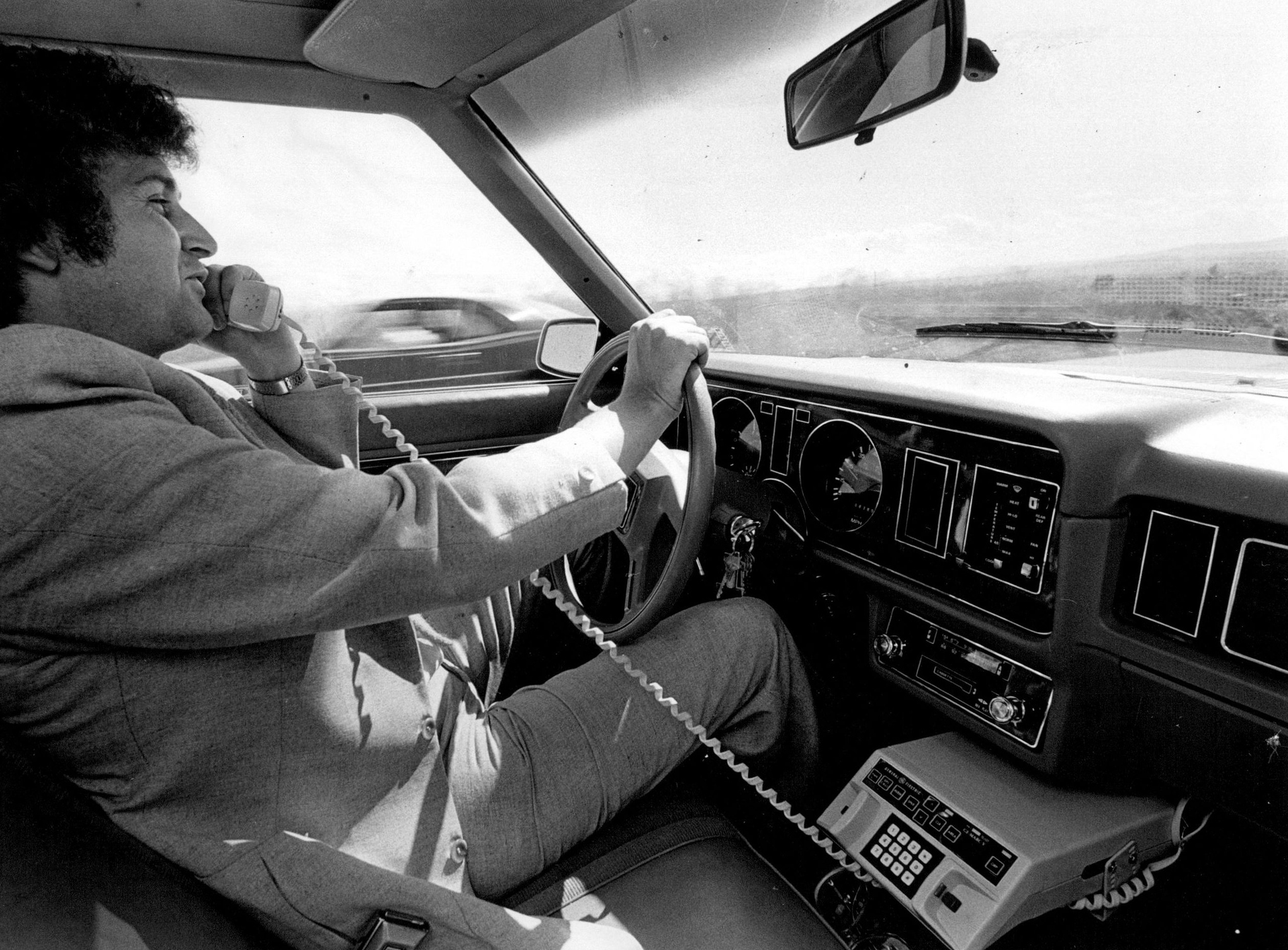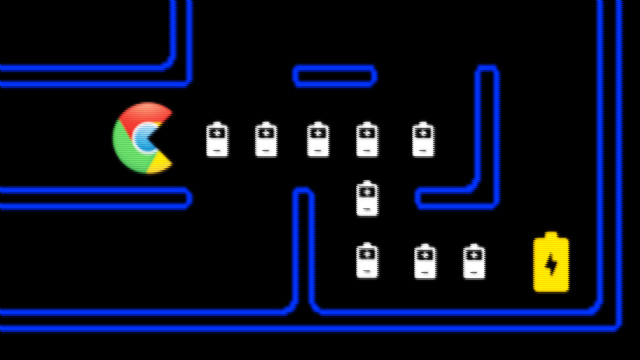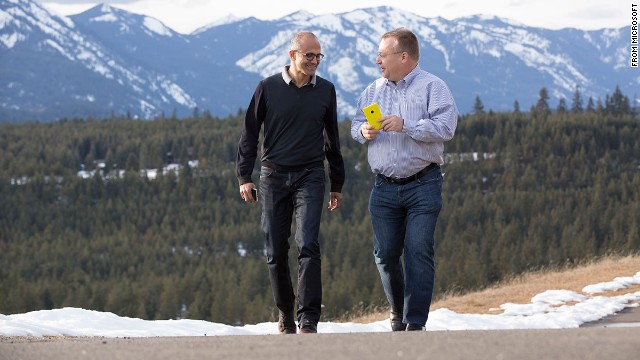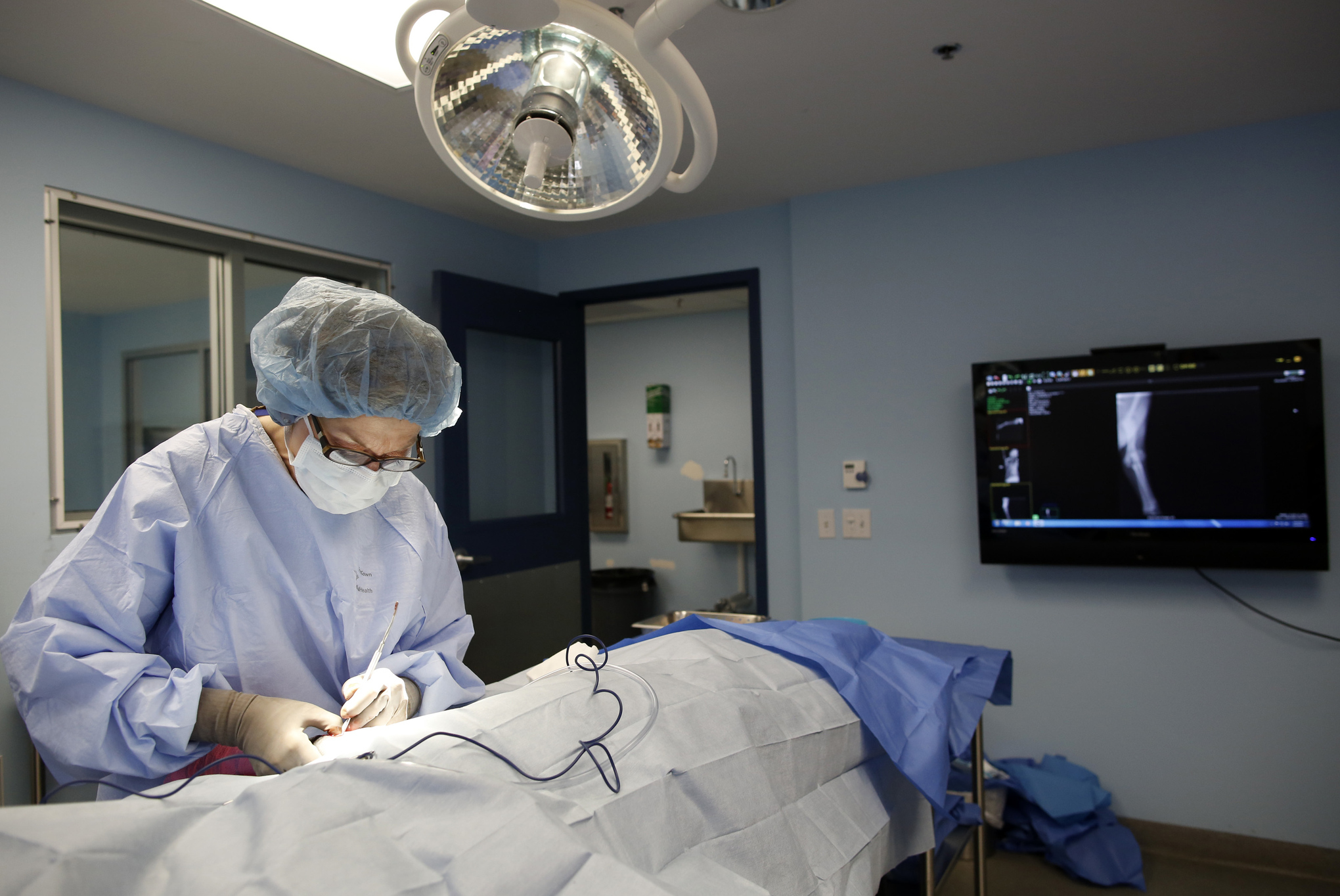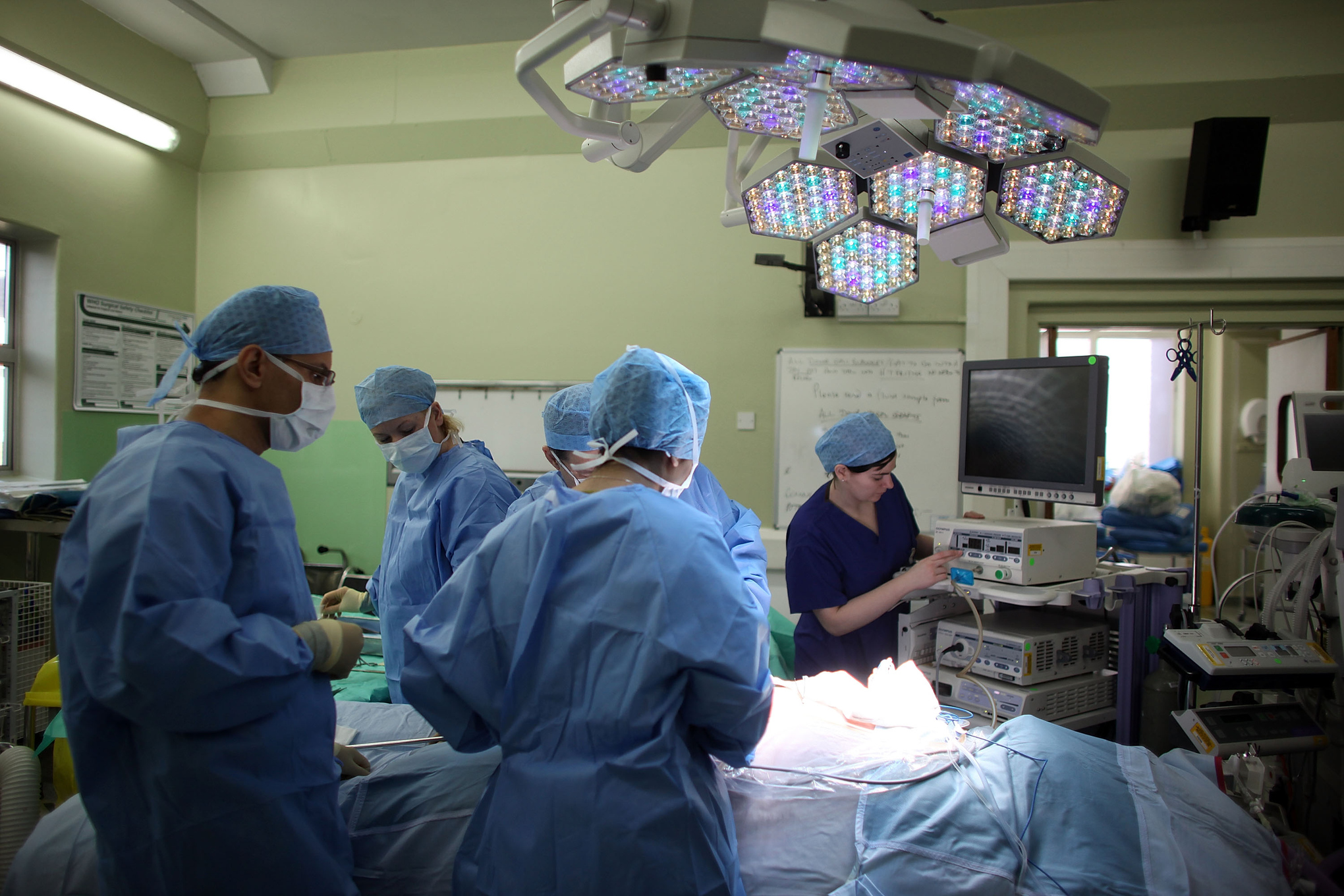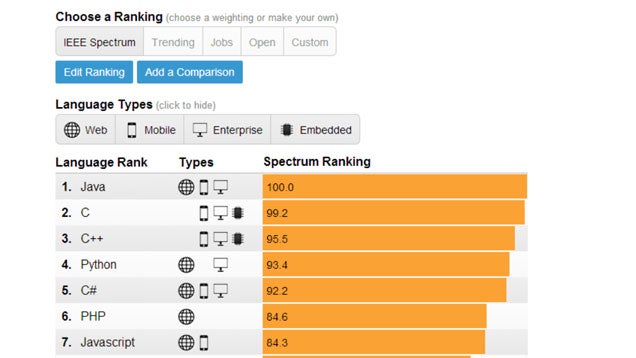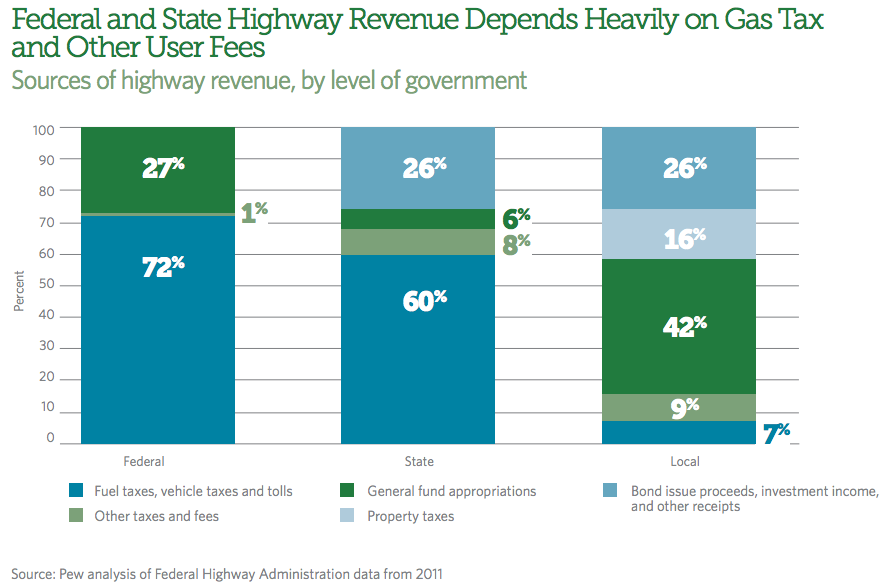
"Welcome to my restaurant; now please pay my employees."
That's tipping in a nutshell, according to Mark Ventura, a former waiter and an economics major at Miami University. Ventura was quoted last week in an article profiling the restaurant Packhouse Meats, which opened in January in Newport, KY. The restaurant has a no-tipping policy. Signs proudly announcing the embargo are on full display in the restaurant, and the credit card slip only has a place for your signature — no extra line for gratuity.
Plenty of people have written about the indignities of the American tipping system. English author Lynne Truss once compared visiting New York to visiting the Third World: "In this great financial capital ... tips are not niceties: give a 'thank you' that isn't green and foldable and you are actively starving someone's children." The Village Voice's Foster Kamer called tipping "an assault on fairness" for everyone involved in the transaction: "It reinforces an economically and socially dangerous status quo, while buttressing a functional aristocracy," he wrote in "The Death of Tipping". Meanwhile Michael Lewis, in one of the most well-known essays on the subject, argued against it from the consumer's perspective, comparing obligatory tipping — and what sort of tipping isn't in some sense obligatory? — to a government tax: "I feel we are creeping slowly toward a kind of baksheesh economy in which everyone expects to be showered with coins simply for doing what they've already been paid to do."
And yet for some reason, the customary practice of tipping endures, and all of us who read these essays and hope they catch on continue to actively participate in the system we seem to so publicly hate. As William Scott pointed out almost a century ago in The Itching Palm, one of the first published anti-tipping screeds, "There are abundant indications of a widespread distaste for the custom but the sentiment is unorganized and inarticulate."
Here, then, is the complete case against tipping.
1) Tipping lets employers off the hook
The first and most compelling rebuttal to any case against tipping is always BUT THAT'S HOW SERVERS MAKE MOST OF THEIR INCOME.
Yes, that's right — and that's the problem. Restaurant servers' hourly wages are ridiculously low — $2.13 an hour, in fact, in most states — and they do depend on tips to account for the bulk of their income. Taking away a server's tips would put her in a bad place financially — unless her employer ups her hourly wage. As it now stands, the tipping model lets business owners make more money at the expense of their employees' hard work. But rather than let their employees grovel for tips, restaurateurs ought to be required to pay their employees a living wage.
Consumers should not be responsible for paying the incomes of a restaurant owner's employees. For one thing, it isn't fair to the consumers. But more troublingly, it isn't fair to the employees: a server's ability to pay his bills shouldn't be subject to the weather, the frequency with which he touches his guests, or the noise level of the restaurant, all of which are factors that contribute to the tip amount left by a consumer.
As the Economy Policy Institute (EPI) notes,
Tipped workers — whose wages typically fall in the bottom quartile of all U.S. wage earners, even after accounting for tips — are a growing portion of the U.S. workforce. Employment in the full-service restaurant industry has grown over 85 percent since 1990, while overall private-sector employment grew by only 24 percent. In fact, today more than one in 10 U.S. workers is employed in the leisure and hospitality sector, making labor policies for these industries all the more central to defining typical American work life.
EPI also cites research that the poverty rate of tipped workers is nearly double that of other workers (as the chart below indicates), and that tipped employees are 3 times more likely to be on food stamps.
EPI also argues it is false to suggest that "these workers' tips provide adequate levels of income and reasonable economic security," as 2014 reports from the White House and the Congressional Budget Office argued. Further, they say, research clearly shows that poverty rates are reduced in those states where the minimum wage rate for tipped workers has been raised.
2) Tipping is undemocratic
"The itching palm is a moral disease," wrote Scott in his 1916. To him, tipping was a threat to the founding principle of democracy: that all men are created equal. Allowing an American citizen (i.e. the person being tipped) to adopt the posture of a sycophant is deeply undemocratic, argued Scott, because it limits self-respect to the "governing classes" (i.e. the tippers).
According to Michael Lynn, a professor of consumer behavior at the Cornell University School of Hotel Administration, the practice of tipping originated in Europe and only later migrated to America just after the Civil War. (As for why the practice started in Europe in the first place, Kamer discusses different theories.) Wealthy Americans returning home from European vacations wanted to show off what they'd learned abroad, and so they started tipping their service workers.
Tipping, in other words, is rooted in an aristocratic tradition. It should come as no surprise that tipping took off in Europe, a continent that promoted a clear distinction between the servant class and higher forms of society. But as Scott notes, America prides itself on not distinguishing social groups bases solely on their financial means. In fact, he notes, "Tipping, and the aristocratic idea it exemplifies, is what we left Europe to escape."
Scott isn't the only one with this view. According to Yoram Margalioth of Tel Aviv University Law School, tipping in America was at first "met with fierce opposition as fostering a master-servant relationship [was] ill suited to a nation whose people were meant to be social equals." The Anti-Tipping Society was founded in 1904 in Georgia, and convinced its 100,000 members to foreswear tipping for an entire year. Labor unions, too, came out against tipping, as did the president of the American Federation of Labor, Samuel Gompers. Opposition to tipping finally got codified into law, when Washington State passed a no-tipping law in 1909. Five other states followed suit, though, according to Wachter, none of the laws were enforced, and as a result, all of them were repealed by 1926.
Today, tipping continues to be de rigueur in America, while, ironically, the European custom has been replaced in its home country by a service charge.

3) Tipping doesn't do what it's supposed to do
As Margialoth notes, many people view tipping "as an informal service contract between the customer and the waiter, acting as a consumer-monitoring mechanism." This informal contract reinforces the belief that customers are able to monitor the service they receive and reward it accordingly. In other words, the argument goes, tipping motivates the server to do her best work. This makes some sense at least in theory, but in reality, it's really, really wrong.
After a qualitative study of more than 2,600 dining parties at 21 different restaurants, Lynn concluded that "tips are only weakly related to service." As Margialoth notes, the most important factor to patrons deciding upon tip amounts is the amount of the check, not the efficiency, or inefficiency, of the server; the quantity of the food they order, not the quality with which it's served to them. This finding, Lynn argues, "raises serious questions about the use of tips as a measure of server performance or customer satisfaction as well as the use of tips as incentives to deliver good service." It also emphasizes the fact that tipping is really, painfully unfair: how in the world is bringing a customer a $1,000 bottle of wine any more work than bringing her a $60 bottle? If Lynn is right, and customers generally tip on amount alone, the difference between the hypothetical 20 percent gratuities would be $188 — a $200 tip versus a $12 tip.
Steve Dublanica, author of two books on the service industry, said that any server would agree with Lynn's findings:
If you've waited tables, you know this is true. I learned this on the job years ago. You can give people amazing service and they'll stiff you. You can give them horrible service, and they can give you a great tip. There's no rhyme or reason to it. If only 2 percent of the tip is based on the service, what are the other 98 percent doing? If they're not tipping on service, they're tipping on psychological processes that are happening.
Jay Porter, owner of the Linkery restaurant in San Diego, said it's "silly" to think that servers are motivated merely by prospective tips. "Servers are motivated to do a good job in the same ways that everyone else is," he wrote in Slate, noting that they're motivated by wanting to keep their jobs and earn raises, and because they take pride in their work. He added: "In any workplace, everyone is required to perform well, and tips have nothing to do with it."
Not that tipping isn't a powerful motivator. It is — just not for the employee. The thought of being able to hire labor at around two bucks an hour is probably great news to employers looking to turn profits. Again, that's problematic. (See #1.)
4) Tipping is discriminatory … and it might be illegal
The way we tip reflects our prejudices, argues Freakonomics' Stephen Dubner. Here's what he told Brian Lehrer: "The data show very clearly that African Americans receive less in tips than whites, and so there is a legal argument to be made that as a protected class, African American servers are getting less for doing the same work. And therefore, the institution of tipping is inherently unfair."
But not only are black servers making less money than white servers — black diners are perceived to be leaving less money than white diners. Data collected in 2009 from over 1,000 servers all across the US "found that over sixty-five percent [of servers] rated African Americans as below average tippers." As a result, restaurant workers of all colors dislike waiting on black customers, studies found. The economy of tipping is so racially charged that both servers and diners are affected by prejudice.
Racism isn't the only kind of discrimination baked into the American tipping system. Female servers, too, face routine discrimination. As Lynn told Dubner: blonde, slender, larger-breasted women in their 30s earn some of the highest tips. Granted, the decision of how large a tip to leave is up to the subjective whims of the tipper, and different people have their own aesthetic preferences. But when a server's main source of income is her tips, and if those tips are regulated by the prejudices of the tippers, then a case could potentially be made that certain wage practices of restaurants are discriminatory.
This is the very case Kamer made (emphasis mine): "In 1971's Griggs v. Duke Power, the Civil Rights Act of 1964 was ruled to prohibit businesses with discriminatory practices against those protected under it, even if that effect is unintended. Tipping, which has been proven to be discriminatory, could be downright unconstitutional."

5) Tipping might be psychologically harmful
In response to the question, "Do you feel pressured to tip at a restaurant even if you feel you received bad service?" 70 percent of those polled answered "yes." Margalioth wrote, "This seems to prove the social norm of tipping is so strong that many people feel extorted to tip."
But why do we feel such an intense pressure to tip? According to Lynn, we tip in order to prevent feeling guilty or ashamed for violating the social norm of tipping: "Perhaps [the tipper] dislikes having someone disapprove of her," he says. Or maybe she's "internalized some standard of fairness that leads her to feel guilty if she does not reward the server for his efforts." Ofer H. Azar, economist and professor at Ben-Gurion University of the Negev, agrees with Lynn: "people tip because this is the social norm and, when they disobey the norm, they suffer a psychological disutility because of social disapproval, embarrassment, and feeling guilty and unfair."
There's another way tipping could take a toll on our psyches. Margalioth argues that tipping is a form of "negative externality imposed by wealthy people on the rest of society." According to Margalioth's theory, when top earners spend more money, those who earn less feel pressured to keep up, as research has shown. In other words, she suggests, middle-class and poor Americans feel like they have to be as "visibly impressive" as wealthier Americans. This pressure might be a motivating factor in tipping, she says.
The upshot of this research is summed up by Lynn: "I think it's quite possible that tipping norms undermine overall satisfaction or happiness."
6) Tipping is not really charitable
Arguing that we do away with tipping seems like a mean thing to do: the world needs more charity, thank you, so you should keep tipping your server. But the problem with this argument is that leaving a gratuity is not actually charitable.
The word "gratuity" comes from a word meaning "gift." But that word doesn't really make sense in the context of tipping, which is, of course, a quid pro quo arrangement. You don't gift the waiter money, you release funds to him that he, by virtue of simply being your server, has earned. He is rightfully entitled to that money, and you are ethically obligated to give him by social norms that seem to be as binding as any government law.
Scott sees tipping as "misguided generosity." While we are right to feel gratitude for those serving us, he argues we go awry when we feel obligated to express our "appreciation in terms of money." After all, notes Scott, "Self respect is satisfied with verbal appreciation."
Of course, verbal appreciation won't pay the bills of tipped workers, almost 13 percent of whom live in poverty. But rather than satisfy our consciences with trivial thoughts about how tips are really charitable, we should start holding restaurant owners accountable for their employees' wages. If they argue that servers actually like the tipping system because they come out on top, we should ask these owners to put their money where their mouths are and cut their own pay down to two bucks an hour.
Plus tips.

